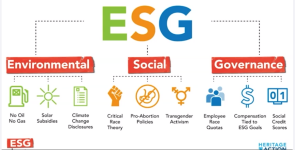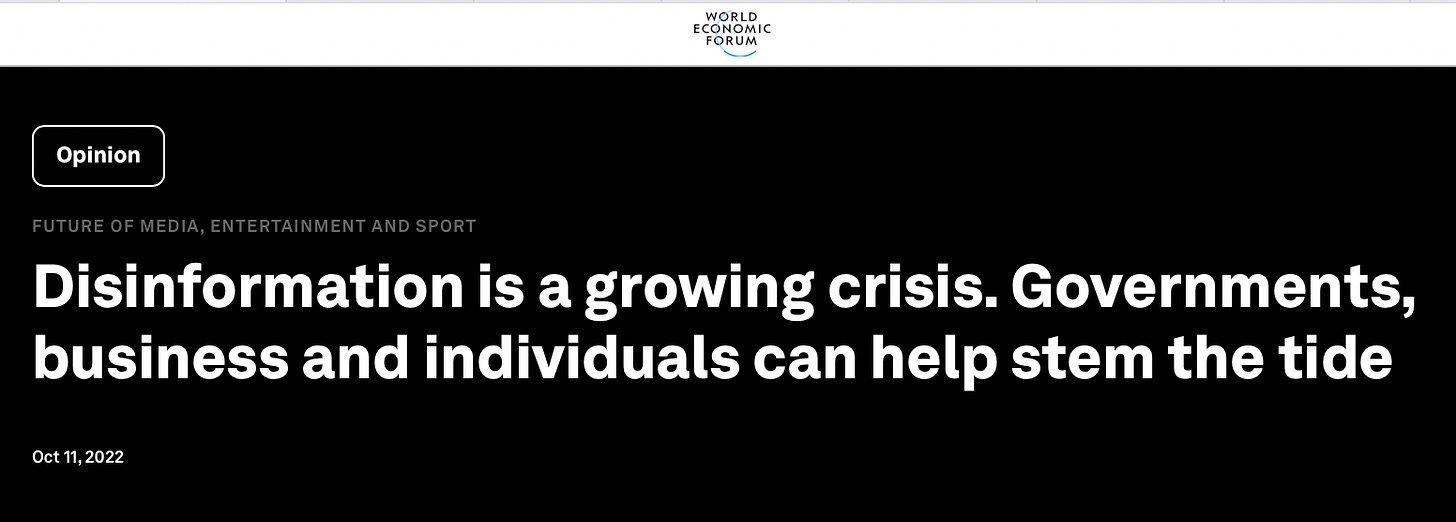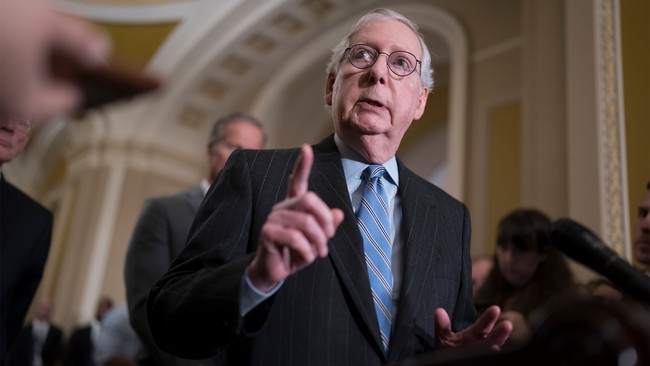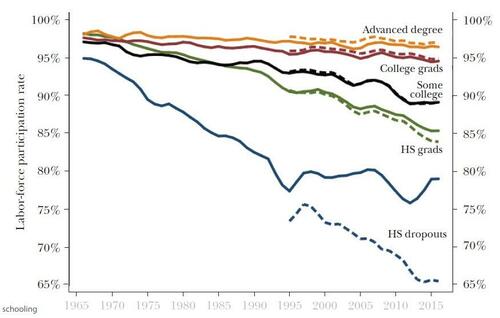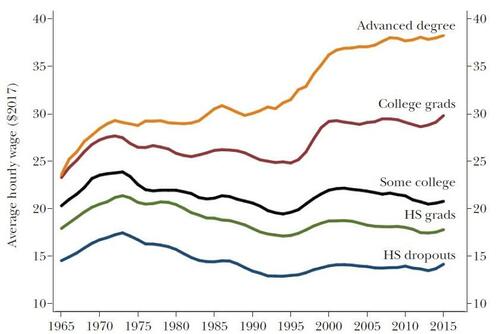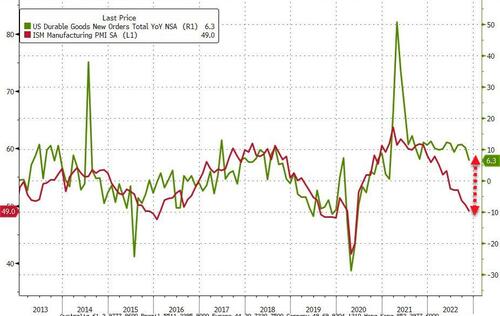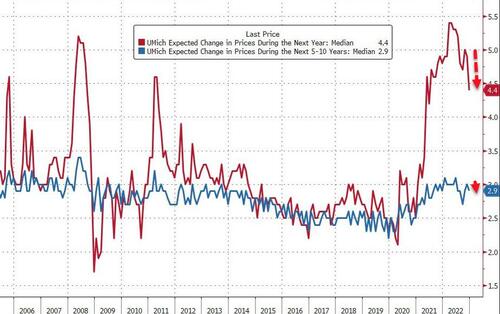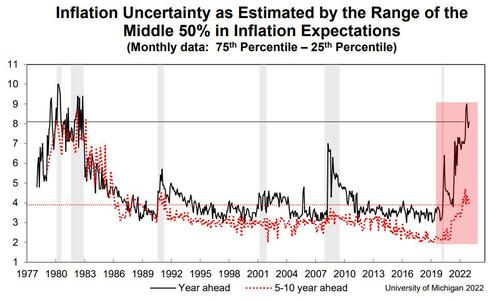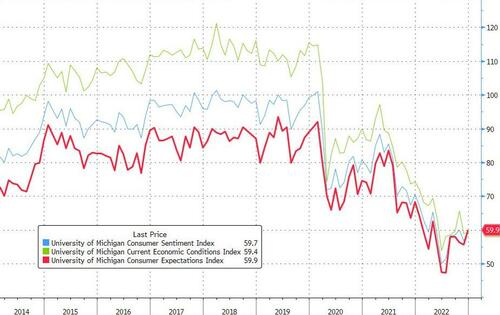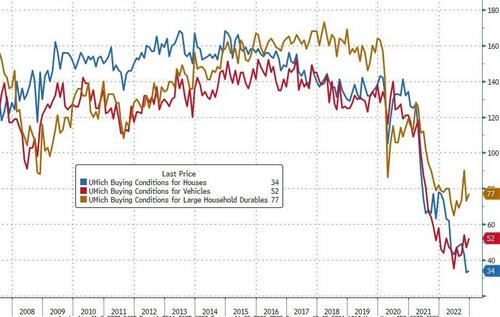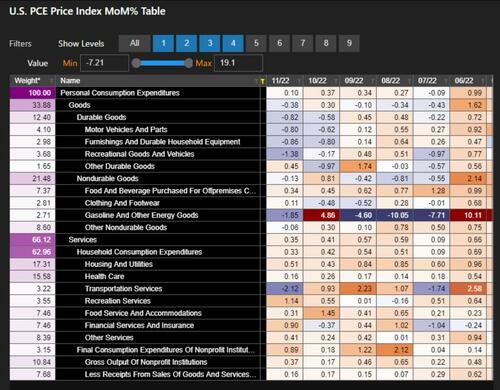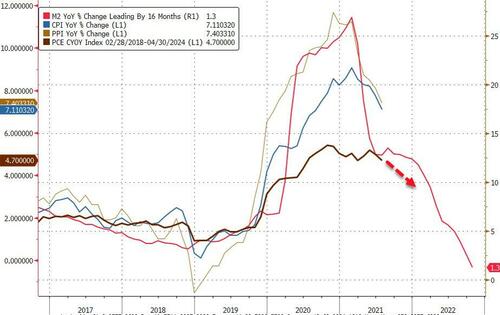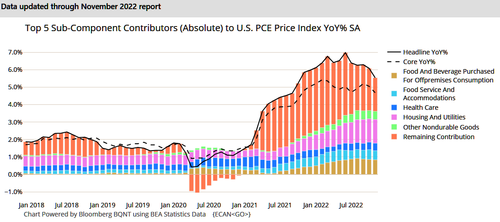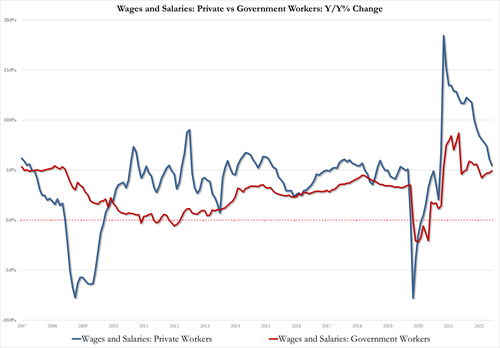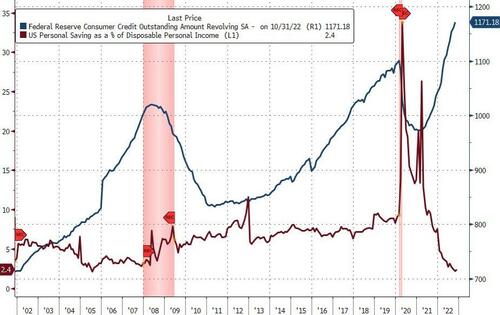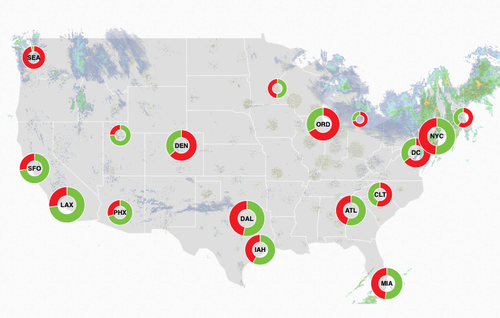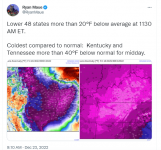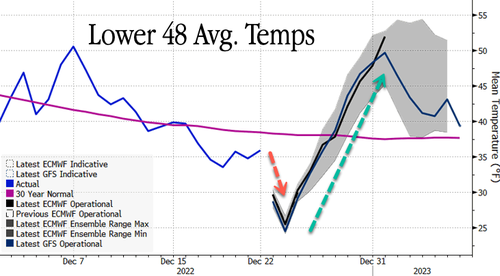Part 2 of 2
Level 3: Stretching the Limbs
The Neuralink presentation outlined how the implants could restore limb control for people paralyzed after spine injuries. Aside from the implant in the motor cortex, another several implants would be inserted into the spine. Signals from the brain would then be recorded and sent to the spinal implants, bridging the part where the spinal cord is severed or damaged.
In principle, this is fully achievable, according to the experts.
“In fact, we’re doing that right now,” Hatsopoulos said. His university is working with a different implant technology that allows a patient to control a mechanical arm via the mind.
One challenge is to record from many neurons at the same time “to give you the rich kind of movement that you would want to get” in order to produce “movement that’s somewhat normal,” he said.
Reading from maybe a thousand neurons should suffice to restore “functional movement,” such as allowing a person to feed or dress themselves, Hatsopoulos said.
“Maybe not as quickly as they would if they had an intact system, but they can do it,” he said.
Based on its technical specifications, the Neuralink implant should enable a wide range of movement. Its presentation included a video of a pig with brain and spinal implants that bent its leg and stretched its thighs in response to commands sent to the implants.
Facilitating complex movement, such as playing a piano, would probably require thousands of electrodes, Hatsopoulos said, noting “we’re taking baby steps right now.”
Another challenge is fine-tuning the stimulation so it targets muscle threads that don’t tire quickly.
“
You’ve got to do more than just activate muscles,” Churchland said.
“You’ve got to activate them in a relatively natural way to avoid fatigue. And that’s definitely doable, but it’s certainly not trivial.”
It’s helpful in this endeavor that patients usually actively cooperate to make the solution work. Even though the number of electrodes may create a bottleneck, with effort, patients could rewire their brains to take maximum advantage of the interface.
“
With practice, they can get better at it,” Hatsopoulos said.
The ability to move, however, is not enough.
To truly restore function to a limb requires fixing the sense of touch too.
That means recording sensory impulses from the limb and sending them to another implant in the brain’s sensory cortex.
In principle, that has already been done as well. Stimulating some brain cells, for example, can create an impression that one is touching something, Hatsopoulos said, referring to experiments done at his university. The issue, again, is reading from and stimulating enough neurons to create a sufficiently robust touch experience.
The technology still has a long way to go in this regard, Hochberg acknowledged.
“
It’s early, but exciting days,” he said.
For truly natural movement, however, one would need to go further yet.
A healthy person not only senses limb movement from what he touches externally, but also gets a sense of movement and limb position from inside the body.
The phenomenon is called proprioception. Scientists know that certain brain areas receive those kinds of sensory inputs, but it’s not quite known how it works.
“That’s the next frontier in this field,” Hatsopoulos said. “No one has cracked that yet.”
Level 4: Cyborgs
Musk envisions Neuralink going far beyond helping the disabled. He portrayed it more as a natural next step from a smartphone or smartwatch. Just like “replacing a piece of skull with a smartwatch for lack of a better analogy,” as he put it.
“
I could have a Neuralink device implanted right now and you wouldn’t even know. I mean, hypothetically, I may be one of these demos. In fact, one of these demos I will,” he said to laughs and cheers from the audience.
He argued that “we are all already cyborgs in a way that your phone and your computer are extensions of yourself.”
“I’m sure you found if you leave your phone behind you end up tapping your pockets and it’s like having missing limb syndrome,” he said.
Neuralink for healthy people, however, may be far in the future, if it ever comes.
“The FDA is not going to approve this for use in healthy individuals. At least in this version of the implant,” Hatsopoulos said, noting that “you would have to show an incredible level of safety.”
Shimojo expressed a similar sentiment.
“
If the safety is proven, then there’s a possibility, in the long, long future, that maybe intact, healthy people have electrodes inside of the brain. But I don’t think that’s going to happen soon,” he said.
The technology would likely have to get to a point of giving disabled people greater capabilities than healthy people have.
Musk believes the implant would indeed bestow superior capabilities.
“We’re confident that someone who has basically no other interface to the outside world would be able to control their phone better than someone who has working hands,” he said.
But even if the implant is technically safe in the sense that it wouldn’t accidentally harm the user and even if it eventually passes regulatory muster, the technology faces other problems that may prove intractable.
Data Security
The Neuralink implant currently communicates with a computer using Bluetooth. That can be hacked by a number of easily available tools, according to Gary Miliefsky, a cybersecurity expert, head of Cyber Defense Media Group, and a founding member of the U.S. Department of Homeland Security.
“If you’re in the proximity of the person you will probably be able to steal some data. So that’s not secure,” he said.
As a first step, the communication between the implant and a computer would need to be encrypted, but that would drain the battery and processing power on the implant.
Even then, “
people will find ways to hack” the implants, Miliefsky said.
There are already devices that can “unwind” SSL and TLS encryption protocols commonly used to secure emails, he said. And new technologies can go even further.
“
Quantum computing can probably break today’s encryption pretty easily,” he said.
There’s “quantum-proof” encryption on the horizon, but the processing power it requires is far beyond anything a small implant could handle now or even in the upcoming decades, he estimated.
“Nothing is bulletproof. Nothing is foolproof. When they tell you it’s unhackable, it’s usually hacked in five minutes, whatever it is,” he said.
Even if the implant-computer communication is somehow secured, the brain activity data could still be exfiltrated from the computer, such as by infecting the computer with malware.
“Seventy percent of new malware gets past all the virus scanners,” Miliefsky noted.
And even if the data is somehow secured on the computer, it would still need to be accessed by technicians servicing the implant.
Anybody with insider access to the Neuralink system would immediately become a prime target for every intelligence agency and every malicious actor in the world, Miliefsky acknowledged.
“They’ll be unsuspecting victims. Absolutely,” he said.
And that doesn’t even include the issue of covert operatives of all sorts lining up for jobs at Neuralink.
“Insider threat defense is a big issue,” Miliefsky said.
Yet another area of concern is that, once the data exists, there’s a chance the government could use the legal process to force Neuralink to preserve the data and share it for purposes of criminal investigations, counterintelligence, national security, and intelligence collection.
Brain Hack
The implications of a hacked implant appear difficult to fully grasp.
People seem to be willing to accept some level of privacy intrusion. Smartphones, for example, can easily be used to listen in on a person and track one’s movement.
“We’re walking around with spyware every day,” Miliefsky said.
A brain implant, however, can produce personal data on another level of intimacy.
From the motor cortex, an implant could record a wide range of body movements, according to Hochberg.
“It continues to, I think, both amaze and pleasantly surprise a lot of people in the field just how rich the information is that can be extracted from small areas of the motor cortex,” he said.
From the visual cortex, everything a person sees could theoretically be recorded, albeit likely in low resolution.
Moreover, the implant would be under the skin, meaning it can’t be removed by the user and it can’t be turned off as it needs to maintain the capability of being turned on and off remotely.
Worse yet, the implant can send signals into the brain too. Issuing commands to the motor cortex could make one move involuntarily.
Theoretically, it’s possible to make a remote-controlled human, Hatsopoulos confirmed.
Sending visual signals could make one see things that aren’t there, distract a person, or perhaps obstruct vision with flashes of light, the Neuralink experiments indicate.
Churchland, however, dismissed such concerns as too far removed from the technology’s current reality.
“It’s not physically impossible, but it’s extremely improbable,” he said.
“Concerns about external manipulation, I think, are fanciful for the foreseeable future.”
Level 5: Far From ‘The Matrix’
Musk expects to go even further. As the electrode insertion technology improves, the implant will be able to reach deep areas of the brain as well, according to the presentation.
Those parts of the brain are responsible for thought activity such as memory processing, emotion, motivation, and abstract thinking.
Yet the know-how for decoding signals from these parts of the brain is so far limited, according to Shimojo.
Machine learning can recognize patterns with a high degree of probability, but some level of ambiguity may be “intrinsic,” he said.
“The brain is complicated and one neuron is not participating in one task. The same neuron can be participating in different networks for entirely different purposes. It’s really highly context-dependent and environment-dependent.”
Whether it’s possible to fully decode such thought processes remains an open question.
“
Even among neuroscientists, there are different opinions,” he said, noting that such difficulties may need “some clever creativity to deal with.”
“
So is this eventually overcome? It may be, but it’s very long-run. It’s not as easy as those demonstrations may indicate.”
Hypothetically, the ability to truly read and write in deeper areas of the brain would raise profound ethical and philosophical questions.
Accessing memory processing centers, for example, would open another floodgate of privacy and security issues, according to Miliefsky, from password theft to national, corporate, and personal secret exfiltration.
“There is not a single computer on the internet that I would say is safe and secure from a loss of privacy or having enough security that you could say, ‘Jimmy, who’s got the implant, all of his private thoughts are still secure.’ And it’s not going to happen,” he said.
Furthermore, linking brain parts responsible for decision-making with an AI would put in question the integrity of free will, Shimojo argued.
“If you and AI together make a decision about an action, is that your free will or is it hybrid free will?” he asked.
“
Is it ok for people? Is it ok for society? What‘s going to happen to elections, for instance?”
As Musk explained during multiple talks, interfacing with an AI is actually the primary goal of why he pursued the implant technology to begin with.
His original motivation for starting Neuralink, he said, was to address the rapid development of artificial intelligence.
During the presentation and in previous talks, he opined that as AI develops, it’s likely to far surpass human intelligence. At that point, even if it turns out to be benevolent, it may treat humans as a lower life form.
“
We’ll be like the house cat,” he
said at the Recode’s Code Conference in 2016.
The solution would be to prevent AI power from getting centralized in a few hands, he argued.
Read more here...

